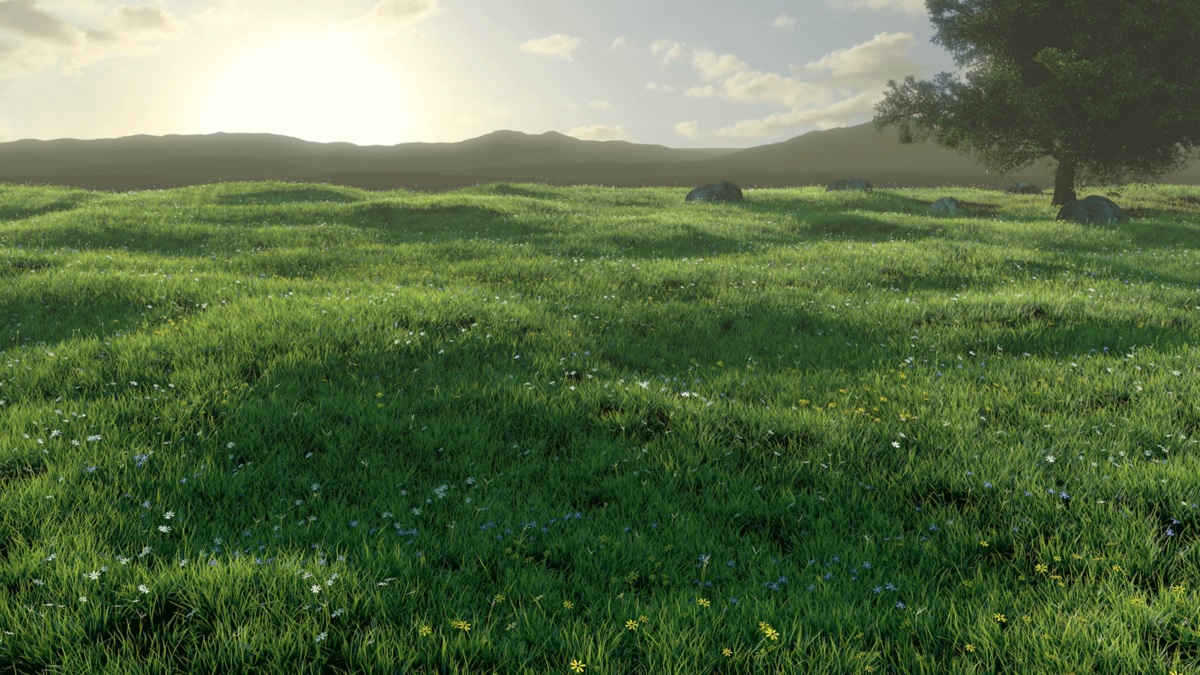Difference between revisions of "Steppe (range)"
Tao alexis (talk | contribs) |
Tao alexis (talk | contribs) |
||
| Line 1: | Line 1: | ||
| + | [[File:Steppe.jpg|right|560px]] | ||
'''Steppelands''' or '''prairies''' are characterized by temperate grassland plains lacking trees, except in places directly adjacent to rivers, lakes and sloughs, where underground water touches the land surface. A steppe may be semi-arid (arid steppelands with sparse grass are called [[Barrens (range)|barrens]) or covered with grass and low shrubs, or with both, depending on the season and latitude. The climate of steppelands is too dry to support a [[Woodland (range)|woodland]], but not dry enough to be a barrens or [[Desert (range)|desert]]. The edges of some steppelands have enough water to provide scattered trees and copses, called "mixed steppe." Steppelands in subtropical and tropical climes are identified as [[Savanna (range)|savanna]]. | '''Steppelands''' or '''prairies''' are characterized by temperate grassland plains lacking trees, except in places directly adjacent to rivers, lakes and sloughs, where underground water touches the land surface. A steppe may be semi-arid (arid steppelands with sparse grass are called [[Barrens (range)|barrens]) or covered with grass and low shrubs, or with both, depending on the season and latitude. The climate of steppelands is too dry to support a [[Woodland (range)|woodland]], but not dry enough to be a barrens or [[Desert (range)|desert]]. The edges of some steppelands have enough water to provide scattered trees and copses, called "mixed steppe." Steppelands in subtropical and tropical climes are identified as [[Savanna (range)|savanna]]. | ||
Revision as of 20:08, 24 September 2020
Steppelands or prairies are characterized by temperate grassland plains lacking trees, except in places directly adjacent to rivers, lakes and sloughs, where underground water touches the land surface. A steppe may be semi-arid (arid steppelands with sparse grass are called [[Barrens (range)|barrens]) or covered with grass and low shrubs, or with both, depending on the season and latitude. The climate of steppelands is too dry to support a woodland, but not dry enough to be a barrens or desert. The edges of some steppelands have enough water to provide scattered trees and copses, called "mixed steppe." Steppelands in subtropical and tropical climes are identified as savanna.
Steppe features hot summers and cold winters, with the predominant rainfall during the spring. The amount of snowfall varies in winter. Ground cover from snow varies from a thin covering where the climate is dry, to an enduring accumulation of several feet in moister regions. In areas of extensive cultivation, ground evaporation has some effect on the weather. Steppelands tend to have excellent soil and are highly desirable for settlement, though the initial ten-year period of planting and readying the land can be daunting.
Natural vegetation can be extraordinarily dense and the lack of windbreaks brings a resulting exposure to the wind and storms that makes travel and finding shelter very difficult. Settlers often plant fast-growing brushwood as a windbreak, along with coniferous trees that may take 6-10 years to supplant the former brush. Farms tend to be isolated, depending on singular wells, with settlements forming where groundwater is plentiful. Seasonal insect plagues can eat whole crops, while periods of drought do occur, turning the land into a desert for up to several years at a time. However, bumper staple crops will produce vast amounts of food, so that these areas tend to be "breadbaskets" for other parts of the world.
